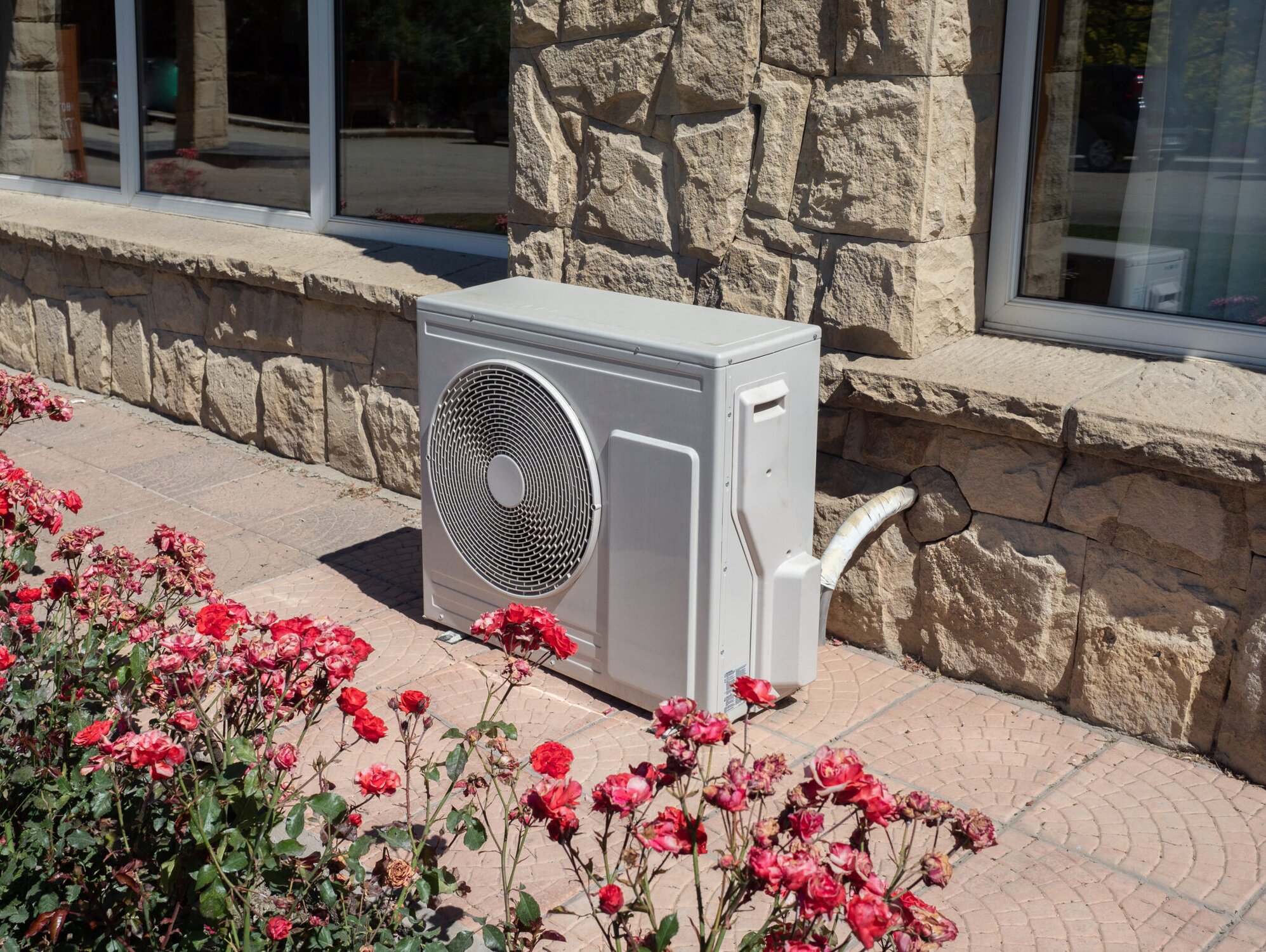Electrification 101

What is building electrification
Building electrification refers to the transition from relying partially on gas combustion to using all electricity to power the appliances in your home. Getting rid of gas furnaces, water heaters, ranges, and other appliances and replacing them with electric alternatives makes buildings safer, more efficient, and more environmentally friendly, especially as more and more renewable power generation is added to the electrical grid.
Where does electricity come from
Lots of places! Electricity can be generated from solar panels, wind turbines, hydroelectric dams, nuclear reactors, fossil fuels, and more. In recent years, utilities have brought in more and more large-scale solar and wind farms to reduce pollution and the climate impacts of generating electricity.
Not only does an electrified home rely on more renewable power, but it also is a valuable part of a growing distributed energy system. Distributed energy resources can include demand response programs that “generate” energy for the grid by having customers reduce their consumption at key times.
How do I know what exact energy sources are powering my home?
The sources of electricity that power your home (also known as your energy mix) can vary widely depending on where you live.
In part because of the large amount of electricity it gets from hydroelectric dams, Washington’s electric grid produces fewer greenhouse gas emissions than many other states, which is another good argument for electrifying your home.
Download our Electrification 101 Fact Sheet.
Additional Resources